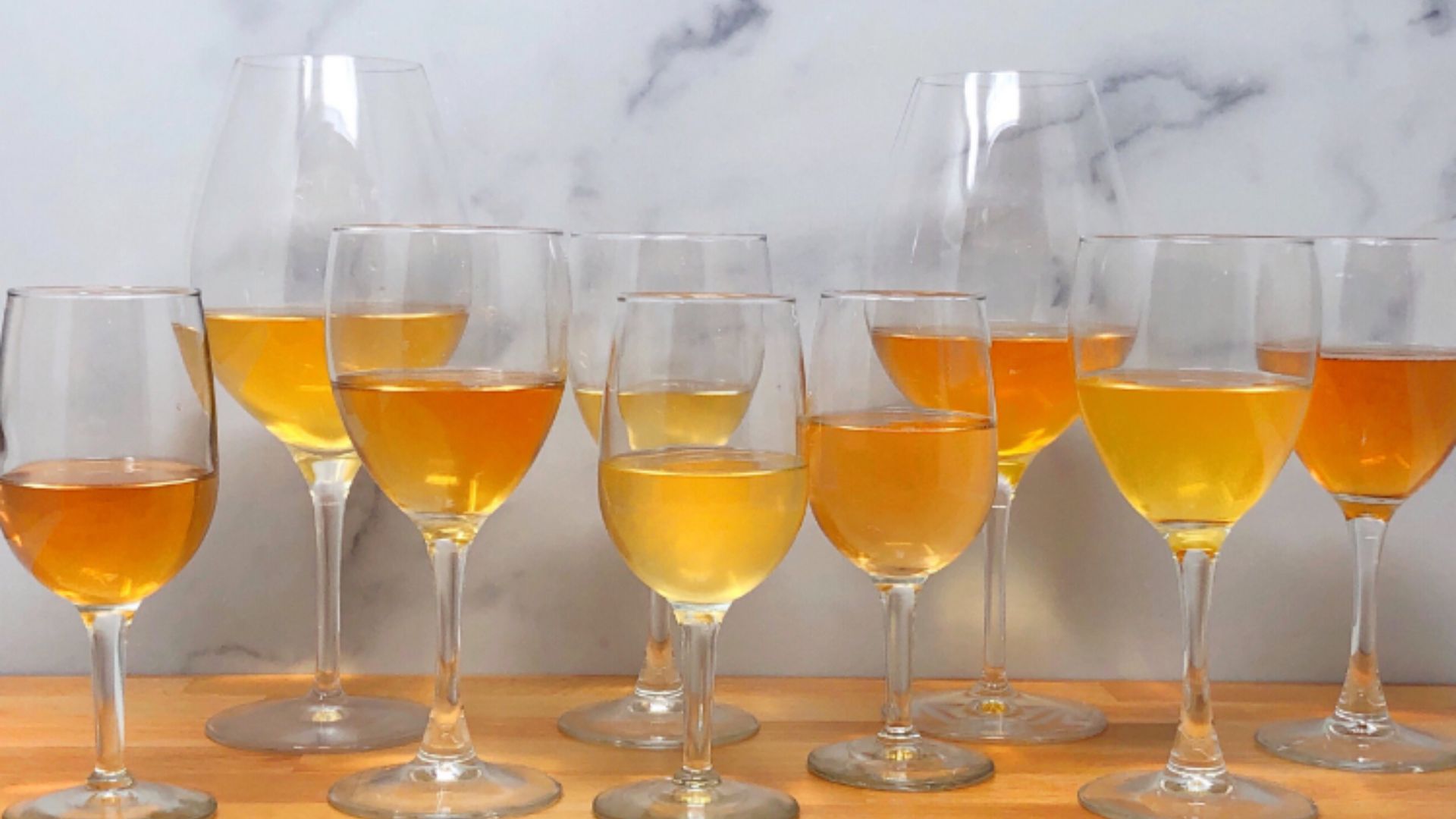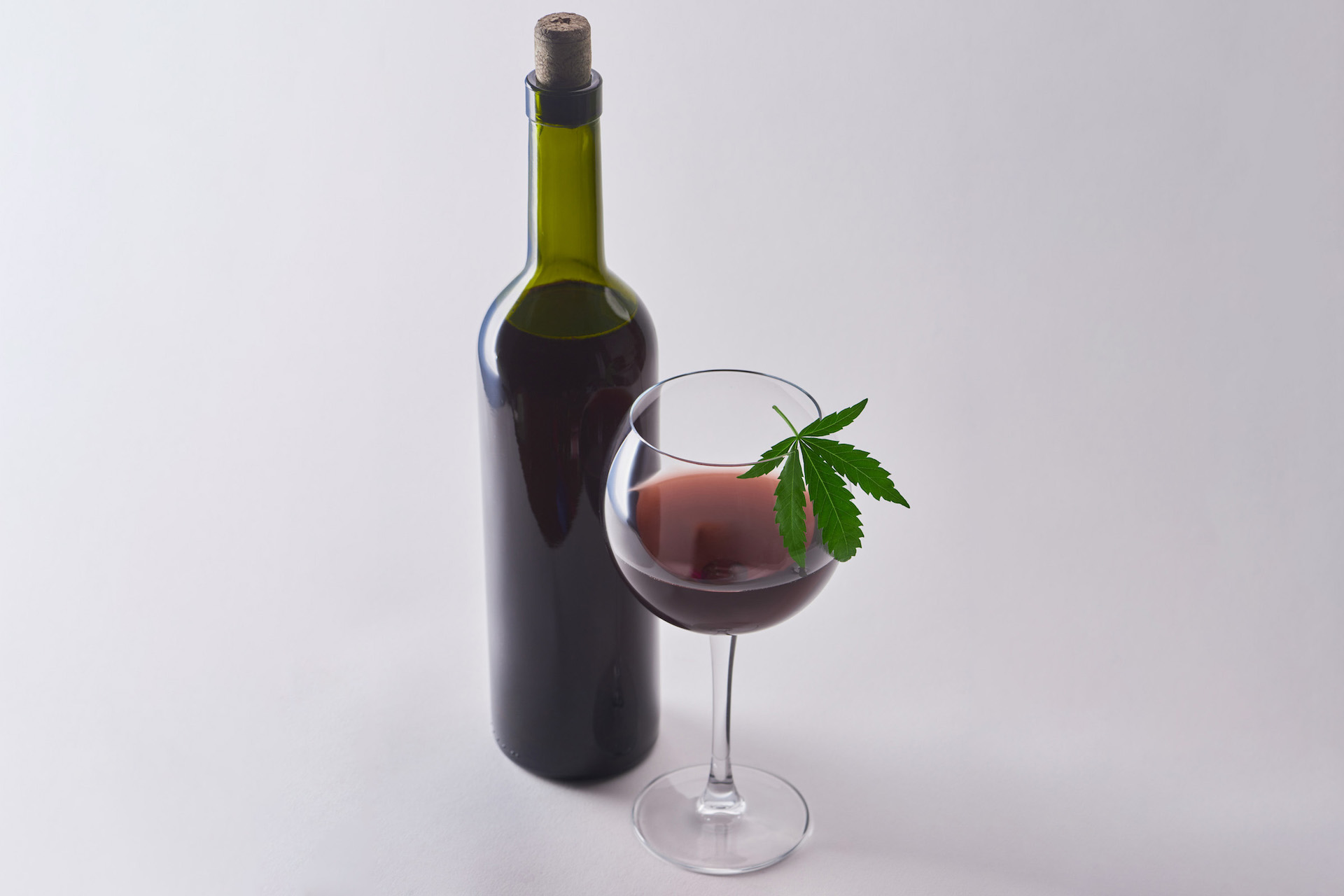Orange wine, with its intriguing name and vibrant color, is captivating the world of wine lovers. But unlike its namesake citrus fruit, orange wine isn’t actually made from oranges. This captivating beverage boasts a unique production method and a flavor profile that sets it apart from traditional white and red wines. Let’s look into the allure of amber wine, exploring its creation, characteristics, and how to best enjoy it.

The Production Process of Orange Wine
Unlike typical white wine, where grape skins are removed after crushing, ramato wine allows the skins to remain in contact with the juice for extended periods, ranging from days to even months. This extended skin contact infuses the wine with color, tannins, and complex flavors. The resulting hue can range from a pale orange to a deep amber, depending on the grape variety and the length of skin contact.
The grapes used for amber wine production are typically white wine varieties like Sauvignon Blanc, Pinot Gris, and Gewürztraminer. However, the extended skin contact transforms these familiar grapes into something entirely new and exciting.
Unpacking the Characteristics of Orange Wine
Amber wine offers a sensory adventure unlike any other. The extended skin contact imparts a range of intriguing characteristics:
Tannin Presence
Unlike most white wines, amber wine possesses tannins, similar to red wines. These tannins contribute a pleasant astringency that adds complexity and structure to the wine.
Aromatic Complexity
The skin contact also influences the aroma profile. Amber wines often showcase notes of citrus fruits, stone fruits, and even floral or herbal hints.
Flavorful Depths
Beyond the aroma, the flavors of orange wine are often described as richer and more textured than traditional white wines. Expect notes of honey, apricot, and even a touch of earthiness.
The specific flavor profile of an amber wine depends on the grape variety, the length of skin contact, and the winemaking techniques employed. However, the underlying theme is a captivating interplay between the classic characteristics of white wine grapes and the intriguing influence of skin contact.
How to Enjoy Orange Wine
The unique flavor profile of amber wine opens up a world of possibilities for food pairings. Here are some suggestions to elevate your next orange wine experience:
Spicy Cuisine
The tannins and acidity in amber wine can beautifully complement the heat of spicy dishes. Pair it with Thai curries, Indian curries, or Korean barbecue.
Strong Cheeses
The richness of orange wine stands up well to bold cheeses like cheddar, gouda, or Gruyere.
Charcuterie Boards
The complex flavors of amber wine can harmonize with a variety of cured meats, olives, and marinated vegetables on a charcuterie board.
Lighter Fare
While amber wine can handle bold flavors, it also pairs well with lighter dishes like grilled fish, roasted vegetables, or salads.
Don’t be afraid to experiment! The beauty of ramato wine lies in its versatility. With an open mind and adventurous spirit, you’re sure to discover delicious pairings that enhance your enjoyment of this unique beverage.
Raise a Glass to Orange Wine
Orange wine is not just a trendy beverage; it’s a rediscovery of an ancient winemaking technique that results in a truly captivating sip. With its intriguing color, complex flavors, and versatility with food pairings, amber wine offers a refreshing departure from the ordinary.
Conclusion
So, the next time you’re looking for a new wine adventure, seek out an orange wine. Embrace the unexpected, explore its unique characteristics, and discover a world of flavor waiting to be unlocked. Cheers! Additionally, elevate your experience with some excitement by visiting reelsofjoycasino.online/en, where the fun never ends and big wins await!




